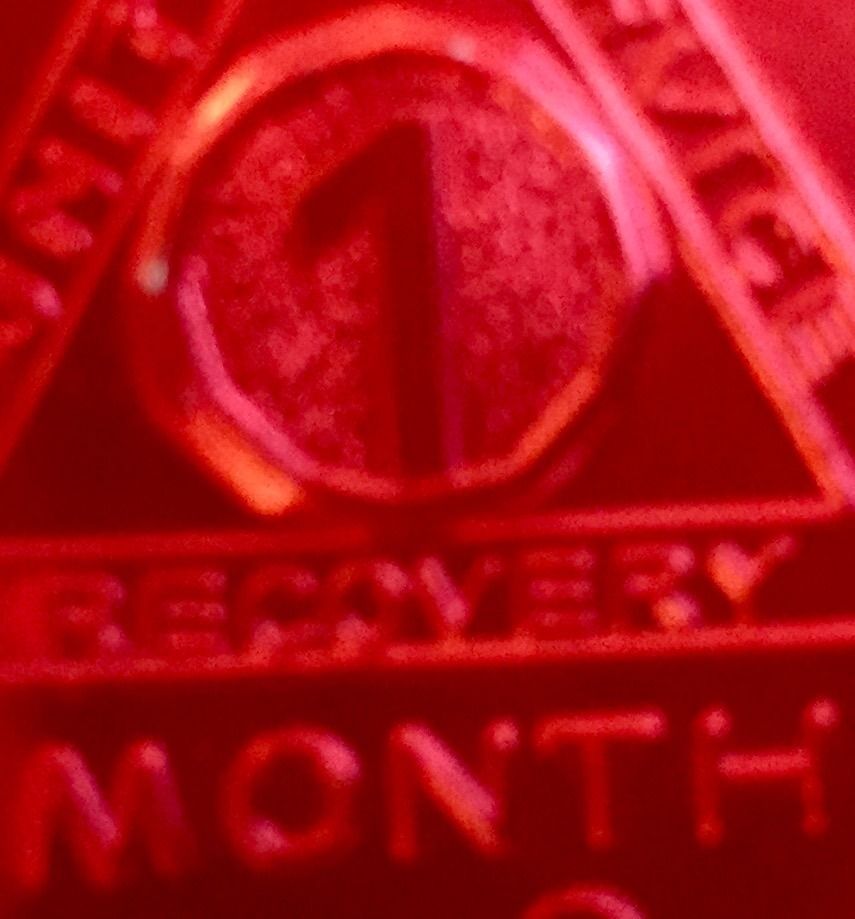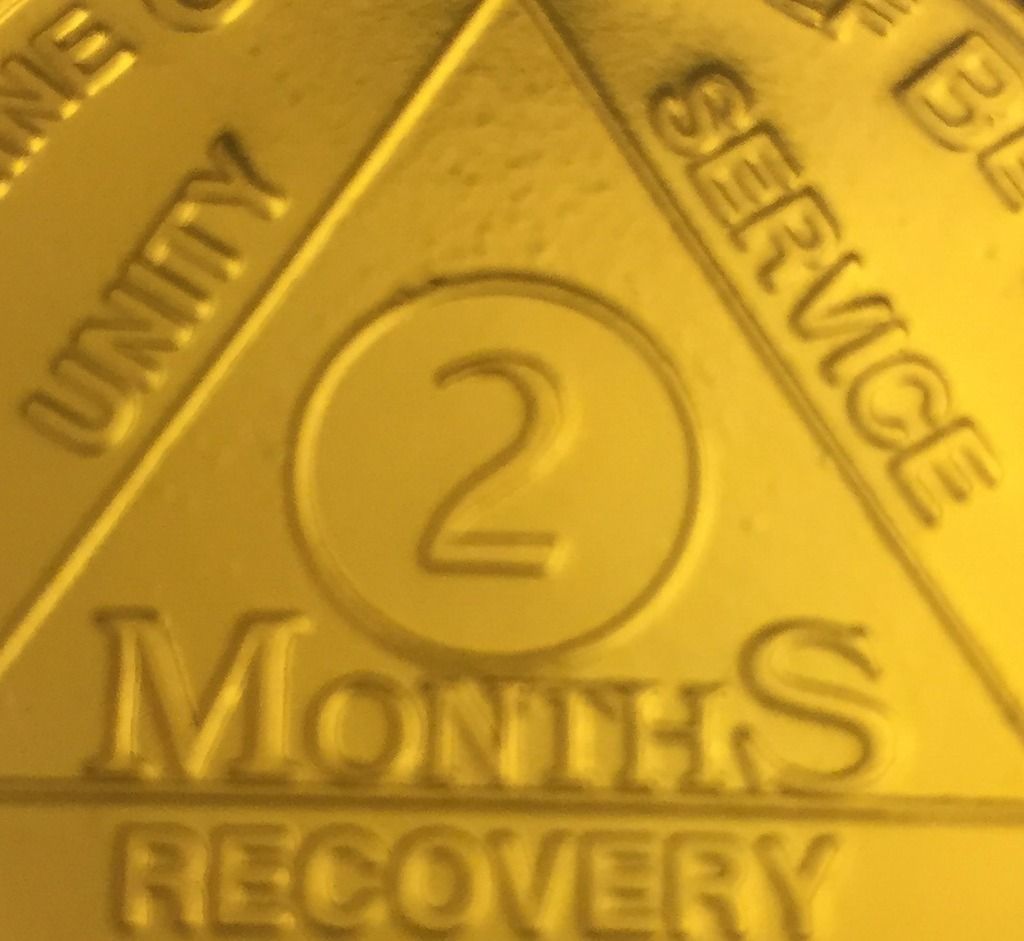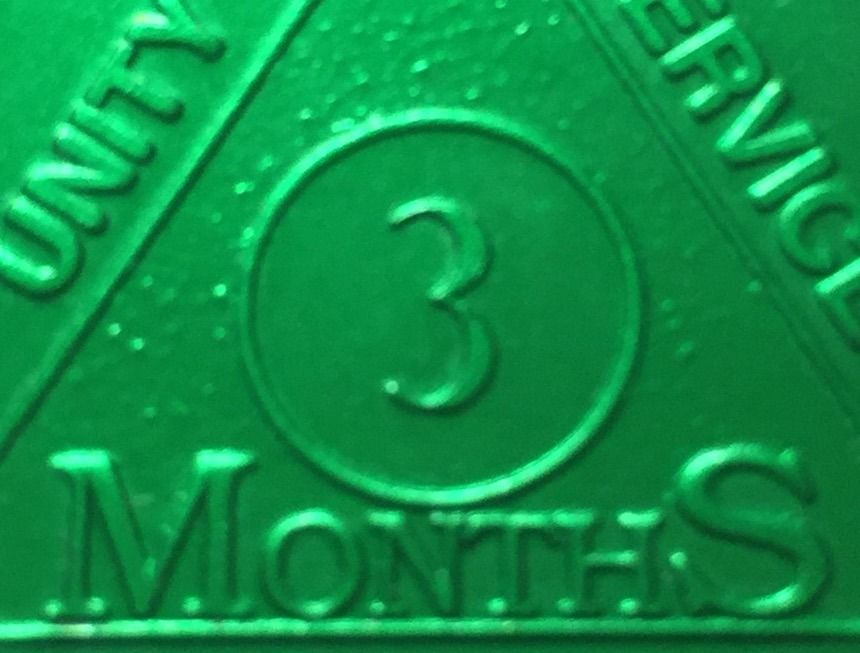Location: San Antonio,TX, Member Since: Dec 13, 2009 Gender: Male Goal Type: Other Running Accomplishments: 5K PR - 18:01 - Nov '14
10K PR - 38:37 (workout) - Oct '14
Half-marathon - 1:22:43 - Jan '14
Marathon - 2:58:43 in Boston! - Apr '13
50 mile - 7:49:30 (2nd) - Nov '15 Short-Term Running Goals: - Balance
- Run more trails, volunteer, more social running, run with a team
- Race a lot more. learn.
Race results / possible schedule:
Apr 2 - Hells Hills 25k trail - 4th
Apr 9 - Toughest 'n Texas 20-mile Trail - 2nd
May 7 - Paleface - Trail Marathon - 3rd
May 29 - American Hero road 25k - 2nd
Jun 25 - Pedernales Falls 30k nighttime Trail - 5th (sick)
Jul 16 - Muleshoe Bend 30k nighttime Trail - 3rd
Jul 23-24 - Fossil Valley 9-hour nighttime Trail - 2nd
Aug 6 - Colorado Bend 30k nighttime Trail - 4th
Aug 27 - Reveille Peak 30k nighttime Trail (entered)
Sep 10 - Franklin Mountains 50k (entered - not all-out effort...I hope)
Sep 17 - Lighthouse Hill 20-mile trail (entered)
Sep 24 - J&J 50 mile trail Long-Term Running Goals: Compete in a few more ultras without going off course (again)
Sub-18 in a 5k
One. Good. Marathon. Personal: I started running at age 30, in late 2009. I have 2 daughters (10 and 8 yrs old).
   
Favorite Blogs: |